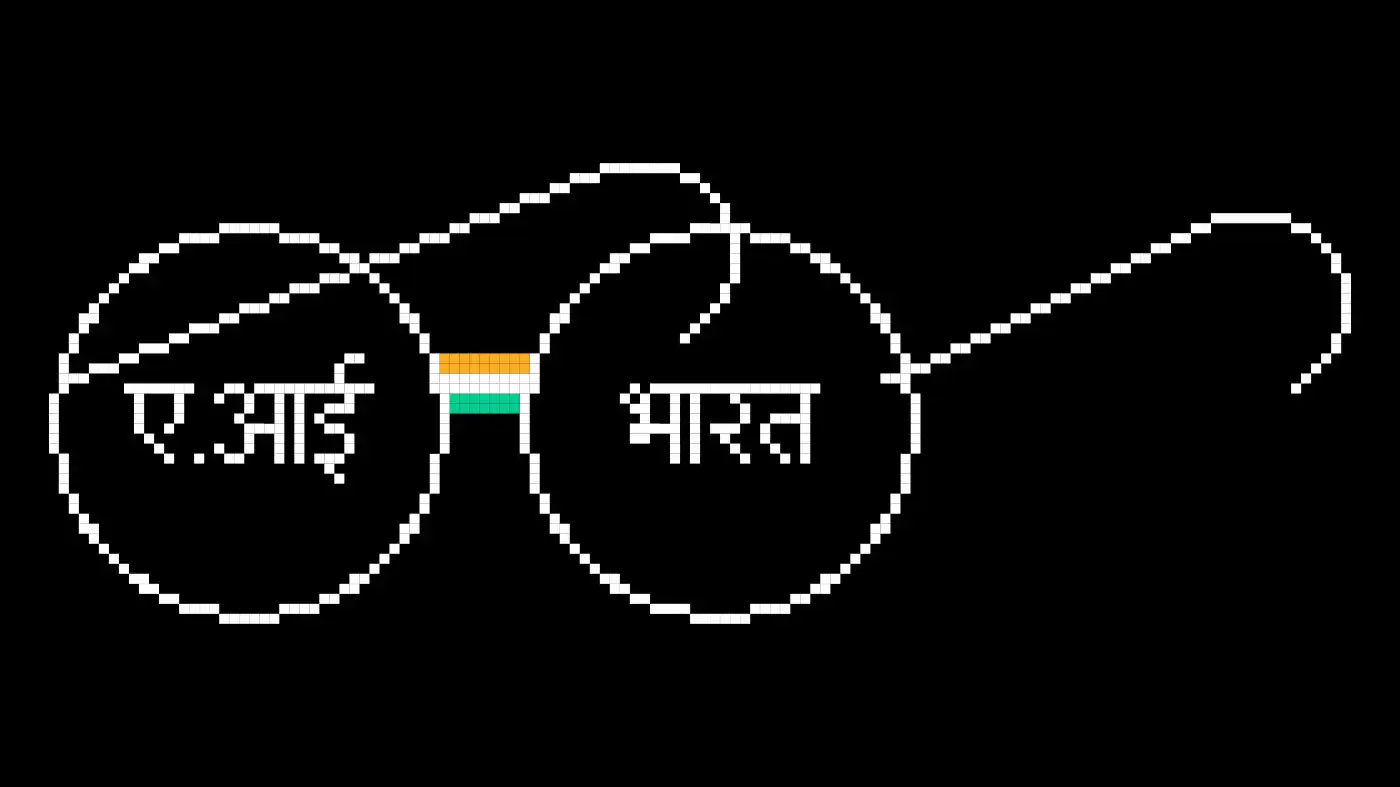// Tagged with Advantage India
How an Indian startup turned vibe coding into “vibe solutioning” – production-ready apps that actually work.
An Indian engineering team just raised $15 million to deploy vibe coding across the world’s app development workflows.

Rocket.new, founded by DhiWise CEO Vishal Virani along with Rahul Shingala and Deepak Dhanak, has built what they call “vibe solutioning” – AI agents that turn single prompts into production-ready applications, not just prototypes.
In just 16 weeks since beta launch, Rocket.new has crossed 400,000 users across 180 countries and reached $4.5 million in annual recurring revenue. They’re targeting $20-25 million by the year-end.
This is how Indian AI founders can leverage deep technical expertise to disrupt the entire no-code movement.
The problem with “Good Enough” prototypes
Six months ago, Vishal Virani had a conversation that changed everything. He asked the CTO of a global enterprise a simple question: Why do your teams still build the old way when tools can turn a sentence into an app?
The answer was brutal: “Great for mockups. Not for real work. The code doesn’t hold up. The iteration loop never ends. My developers and PMs can’t rely on it.”
That stung because it was true.
When Andrej Karpathy coined “vibe coding” in early 2025, describing it as “fully giving in to the vibes and forgetting that the code even exists,” it sparked a movement. Suddenly everyone was building apps by chatting with AI.
But there was one aspect that nobody was talking about: most vibe coding tools were solving for Day One (getting something working fast) while completely ignoring Day Two (maintaining, iterating, and scaling that code in the real world).
Virani saw the gap immediately.
His team at DhiWise had spent years automating developer workflows, turning designs into deployable code. They understood what it took to go from prototype to production.
“If we’re serious about changing how the world builds,” Virani realized, “we can’t just wow people in a demo. We have to make sure day two is calm, steady, and scalable.”
From vibe coding to vibe solutioning
Most AI development tools add intelligence to existing workflows.
Rocket.new built something different: complete production pipelines designed around what autonomous AI systems can handle.
They call it “vibe solutioning.”
Here’s the difference: Traditional vibe coding was about prototyping. Type a prompt, get a mockup.
Fun, but fragile.
Vibe solutioning captures your intent and produces something that actually holds up in production.
The numbers tell the story.
Generating the first application takes about 25 minutes on Rocket.new – much slower than competitors’ 3-minute demos.
But users get comprehensive, production-ready systems with all essential modules included.
As one developer put it: “Tools like Lovable, Cursor, and Bolt.new require separate prompts for each section and feature, but Rocket.new handled everything in one go. I had never seen a tool build such a complex application with just a single prompt!”
That’s because Rocket.new’s AI sits on complete application architecture. It handles backend configuration, database schemas, authentication systems, and deployment optimization automatically.
Prototype-focused tools can’t match this integrated intelligence.
The India engineering advantage
Rocket.new also shows why Indian teams have a real edge in production AI systems.
For years, Indian engineering teams have built the backbone of global software – handling deployment, scaling, maintenance. They’ve absorbed deep knowledge about what actually works in production versus what breaks under load.
“India has long been the operational backbone of US software,” explains Virani. “What’s changed now is that the same country also houses world-class AI talent. So when you combine deep production experience with sharp technical skills, you build solutions that actually work in the messiness of real applications.”
This gives Indian founders something Silicon Valley AI companies often miss: production complexity experience.
Valley engineers may be experts at prompting, but lack the battle scars from keeping systems running at scale. Traditional no-code platforms have deployment knowledge but miss AI’s generative potential.
Indian teams have both.
Rocket.new’s “vibe solutioning” proves this fusion works. Users describe their vision once and get full functional apps with backend integration, authentication, deployment pipelines – everything needed for production.
Building the anti-prototype
While others chase faster demos, Rocket.new optimized for what happens after the demo.
About 80% of their users build what Virani calls “serious” applications: 12% e-commerce platforms, 10% fintech applications, 5-6% B2B tools, 4-5% mental health apps. These aren’t weekend projects – they’re real businesses.
The platform combines models from OpenAI, Anthropic, and Google’s Gemini with proprietary training data from DhiWise. This hybrid approach lets them understand not just what users want, but how to architect it properly.
“Our underlying architecture is completely different from what Lovable, Bolt, and everyone else is doing,” Virani explains. The system handles multi-source integrations, production-grade security, and scalable database design – the unglamorous stuff that makes applications actually work.
Users notice.
Roughly 45% build mobile apps and 55% build websites. Many start with a website on competing platforms, then turn to Rocket.new to generate native mobile apps by integrating with existing backends.
The Surat-to-Global playbook
Operating from Surat – a city known for diamonds and textiles, far from India’s usual tech hubs – Rocket.new represents a new model for distributed AI development.
But this model’s strength is rooted in strategic capability allocation, not cost optimization.
Surat handles AI development and system architecture. Global teams manage market development and user feedback loops.
India brings deep operational knowledge from building production systems. Global users provide frontline feedback about what actually works.
“We don’t divide by geography,” says Virani. “We unite by the problems we’re solving.”
The approach enables rapid iteration: India teams prototype and test AI models while global teams validate against real production requirements. Scaling and deployment get handled through India-based infrastructure expertise, while product-market fit happens at global development speeds.
Results prove the model works. They have reached multi-million ARR and 400,000 users organically, driven by word-of-mouth and viral social posts.
Creating a category, not competing for features
Rocket.new doesn’t track competitors feature by feature. They track customer problems.
“Legacy systems act like disconnected tools,” Virani notes. “We operate like comprehensive development partners.”
By integrating frontend generation, backend architecture, database design, authentication systems, and deployment pipelines into conversational workflows, Rocket.new becomes a complete development infrastructure for rapid production.
The competitive moat comes from network effects.
Each application built improves AI models, creating better automation for all users. Common architectural patterns become standardized and optimized across the user base.
This creates defensibility through production data rather than features.
Infrastructure scales through network effects while features inevitably get commoditized.
The broader opportunity
With its recent $15 million funding round from Salesforce Ventures, Accel, and Together Fund, Rocket.new is positioned for aggressive expansion while deepening AI capabilities.
As Kartik Gupta from Salesforce Ventures puts it: “We saw a clear gap between the magic of AI code generation and the reality of making that code production-ready. Rocket.new is purpose-built to solve this problem of iteration, maintenance, and deployment at enterprise scale.”
The global application development market represents their starting point, not endpoint.
As they prove AI agents can handle complete production complexity, they’re building infrastructure that could transform how anyone builds software.
But Rocket.new’s significance extends beyond development tools.
They have proven that the next wave of global AI leaders can come from founders who understand messy, real-world production operations and can architect AI systems that actually work within that complexity.
India’s journey as the world’s software infrastructure backbone is becoming its product advantage. Every industry where Indian companies have built production systems represents a potential Rocket.new waiting to happen.
The production expertise exists. The AI talent is ready.
What’s needed now is the architectural vision to turn infrastructure knowledge into autonomous intelligence.
Rocket.new just showed us one more page from this playbook.
// Tagged with Advantage India









